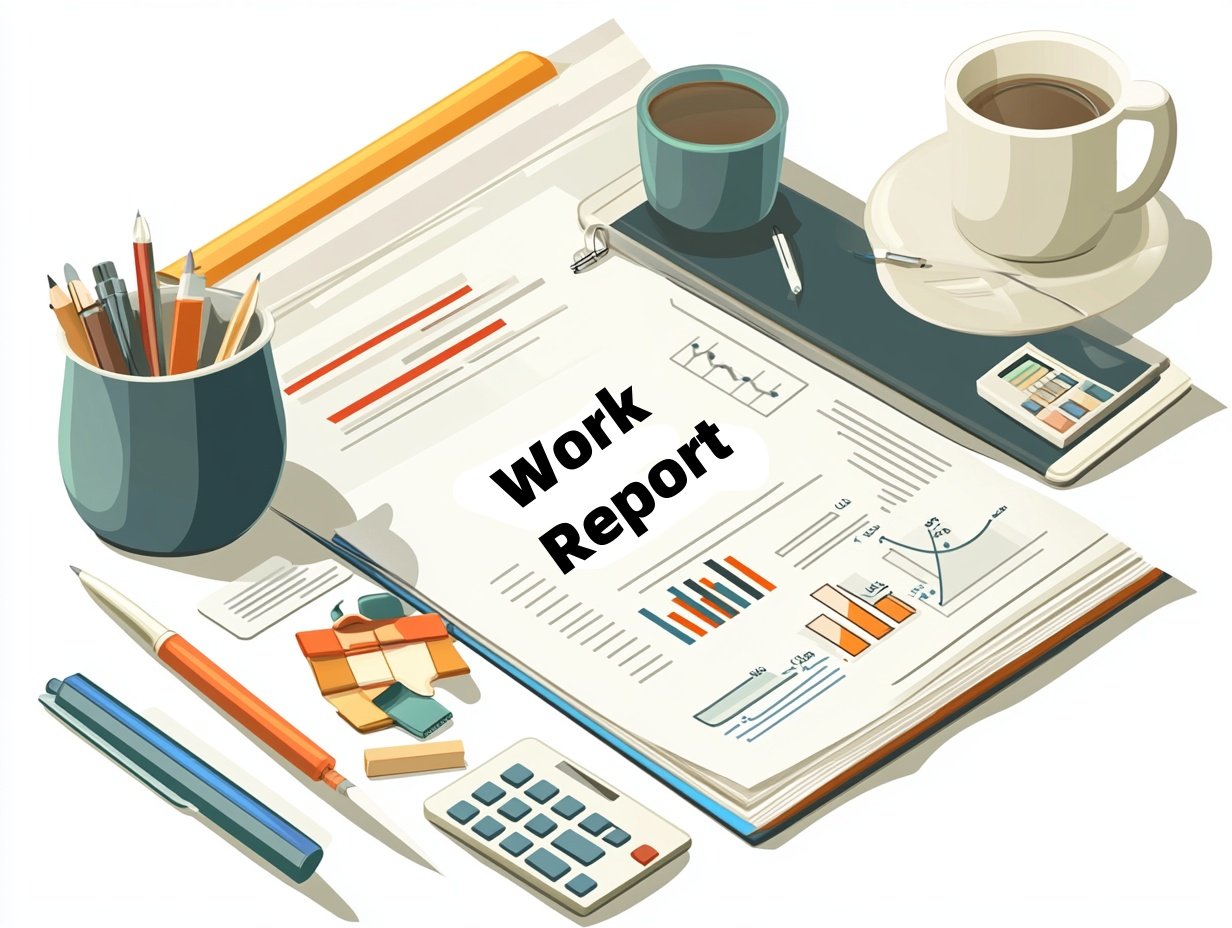Introduction
Welcome to the guide on crafting a clear and impactful work report. So, what’s a work report, you ask? It’s a comprehensive overview that details the progress, results, and any findings related to your job or project. Essentially, it’s like giving someone a roadmap of your work journey, ensuring they understand exactly where you’ve been and where you’re heading. Let’s explore why crafting a well-written work report is crucial. A solid work report not only informs your colleagues and supervisors but also documents your achievements and can even bolster your career trajectory.
Initial Preparation
Before you start writing, take a moment to prepare. First, understand your audience. Are they well-versed in your field, or will they need more background information? Knowing who will read your report helps tailor your content to meet their needs. Next, define the objective of your report. What do you want to achieve? Are you documenting progress, highlighting issues, or proposing solutions? Finally, gather all necessary data. This means collecting relevant information, such as statistical data, previous reports, and any other resources that will support your findings.
Structuring Your Work Report
A good structure is paramount to make your report easy to navigate. Here’s a breakdown of the key components:
- Title page – Clearly state the title, your name, date, and any other relevant information.
- Table of contents – This will help readers quickly locate sections of interest.
- Executive summary – A brief overview of the key points in your report.
- Introduction – Outlines the purpose and scope of the report.
- Body – Divided into sections with headings and sub-headings, this is where you present your data and findings.
- Conclusion – Summarize your key points and provide recommendations.
- References – List all the sources you used.
Creating an Executive Summary
The executive summary is a snapshot of your report. Its purpose is to provide busy executives or stakeholders with a quick overview of your findings without delving into the full report. Include key elements like the objective of the report, significant findings, and principal recommendations. To make it effective, keep it concise and focus on the most critical aspects of your report. Write it last, even though it appears first, to ensure it encapsulates the essence of your entire work.
Writing the Introduction
The introduction sets the stage for your report. It should clearly state the purpose of the report and what you intend to achieve. Include any necessary background information that will help your readers understand the context. Lay out the structure of your report, so readers know what to expect. A well-crafted introduction engages your readers right from the start and gives them a roadmap for the rest of the document.
Developing the Body
The body of your report is where you dive into the details. Divide it into main sections, each focusing on a specific part of your work. Use headings and sub-headings to break up text and make it easier to navigate. Present your data clearly—use tables, charts, and graphs to help illustrate points. Make sure every section logically flows to the next, creating a coherent narrative of your findings. For example, start with the methods you used, then present the data collected, followed by your analysis and interpretation.
Crafting a Compelling Conclusion
Your conclusion is your last chance to impress your reader. Summarize the most critical points from your report without introducing new information. Offer your interpretation of the data and suggest actionable recommendations. Make sure your conclusions are supported by the content in the body of your report. An impactful conclusion ties everything together and underscores the significance of your findings.
Revising and Proofreading
Revising and proofreading are non-negotiable steps in report writing. Revising helps you refine the structure and content, ensuring clarity and coherence. Proofreading, on the other hand, is all about catching grammatical errors and typos. Don’t rush this process. Common pitfalls include unclear sentences, inconsistent terminology, and overlooked errors. Tools like Grammarly can be helpful, but nothing beats a fresh pair of eyes—consider getting feedback from a colleague.
Making Your Report Visually Appealing
A visually appealing report enhances readability. Use design elements such as bullet points, numbered lists, and headings to structure your text. Incorporate visuals like images, charts, and graphs to break up text blocks and illustrate points more vividly. Ensure your formatting is consistent—use the same font, line spacing, and alignment throughout the document. The goal is to make your report professional yet easy to read.
Best Practices and Common Mistakes
To make your report truly impactful, follow these best practices:
- Be clear and concise—avoid unnecessary jargon.
- Focus on facts—support your statements with data.
- Be transparent about your sources and methodology.
Common mistakes include being overly verbose, neglecting to proofread, and failing to provide actionable recommendations. Remember, less is often more; stick to the crucial points that add value.
Examples and Templates
If you’re new to report writing, examples and templates can be invaluable. Look for templates that suit your report type, be it an academic, business, or scientific report. Resources like academic journals and professional organizations often provide templates and examples. Using these resources can save you time and ensure your report meets industry standards.
Conclusion
Writing a clear and impactful work report might seem daunting at first, but with a structured approach, it becomes a manageable task. Remember, the key is to be clear, concise, and factual. Start with a solid outline, ensure each section is well-developed, and don’t skimp on revising and proofreading. With these tips, you’re well on your way to crafting reports that not only inform but also impress. Keep practicing, and you’ll see improvement with each new report you write. Happy writing!




